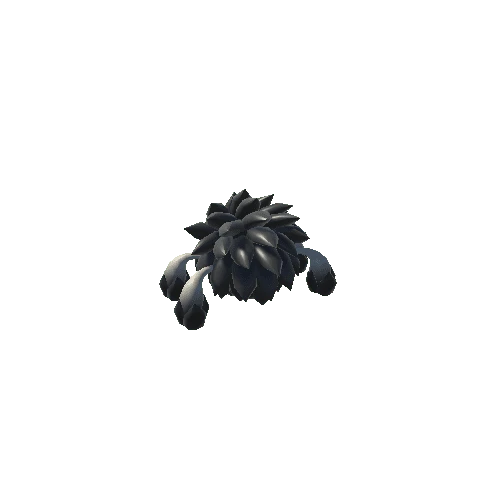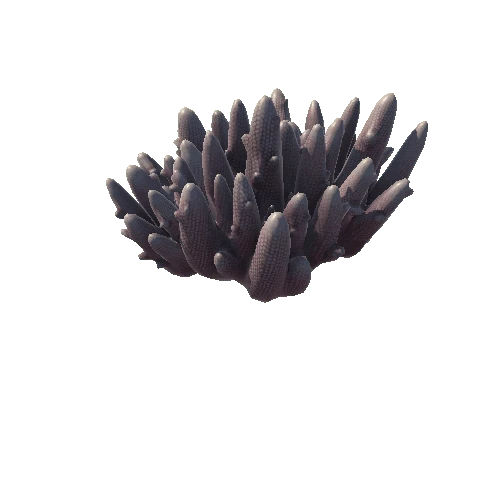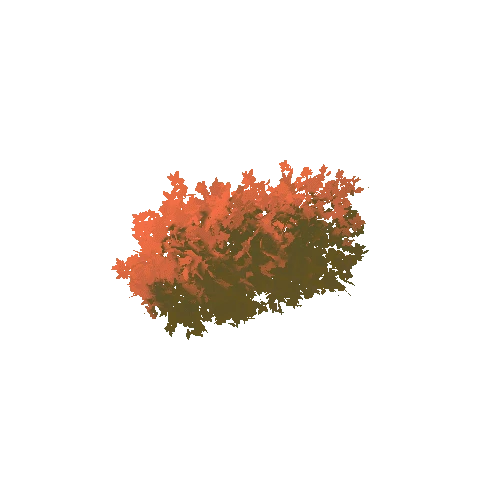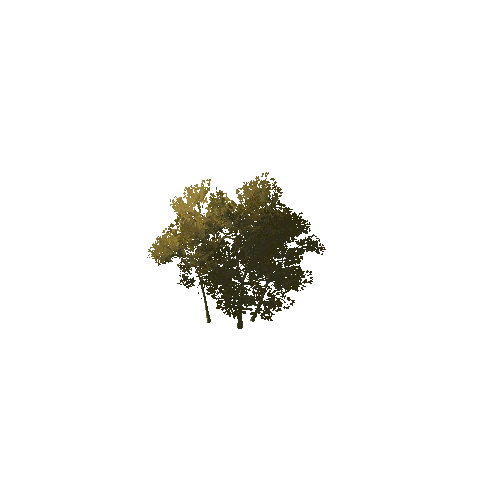Select or drop a image or 3D model here to search.
We support JPG, JPEG, PNG, GIF, WEBP, GLB, OBJ, STL, FBX. More formats will be added in the future.
Asset Overview
Influenza viruses kill hundreds of thousands of people each year, and make millions severely ill. The viral genome is split into eight rod-like segments, which can be swapped between strains to produce new variants, some with pandemic potential (1). These are wrapped in a membrane (2), along with viral (3) and host (4) proteins. Inside the membrane is a shell of viral proteins (5), and channels (6) to let the virus know when it has entered a new cell. The outside of the membrane is coated with spikes: haemagglutinin (HA; 7) binds new cells and pulls the virus particle inside, and neuraminidase (NA; 8) releases new viruses from the cell surface. Antibodies from previous infections or vaccinations can bind these spikes, driving influenza strains (H1N1, H3N2, etc) to evolve very rapidly.
Model produced by Naina Nair for the MSc in Medical Visualisation & Human Anatomy, University of Glasgow and Glasgow School of Art, working with the MRC-University of Glasgow Centre for Virus Research (http://bit.ly/CVREdH).
Recommended for you



















